In Photos: Medieval Graveyard Unearthed in Cambridge
This burial ground from a medieval hospital had been hidden for more than a century in Cambridge, England. Archaeologists recently excavated the graveyard and discovered hundreds of skeletons. [Read the full story here]
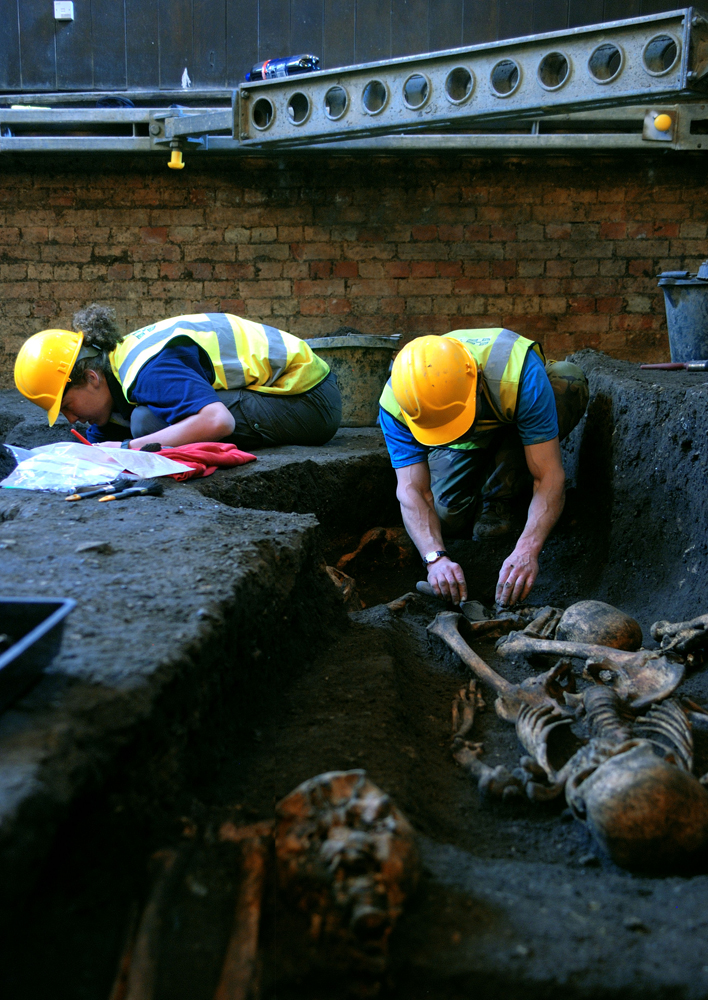
The Old Divinity School of St. John's College (one of the colleges at the Univeristy of Cambridge) was built on top of the burial site in the late 19th century. (Credit: Craig Cessford, Department of Archaeology and Anthropology, Univeristy of Cambridge.)
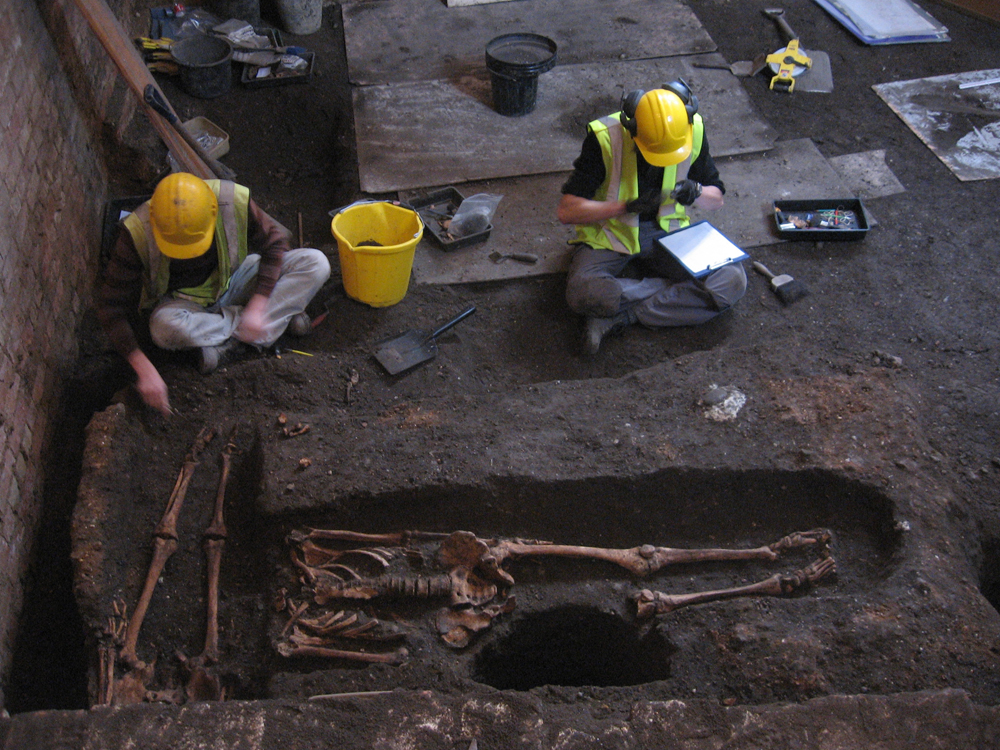
A project to restore the Old Divinity School gave archaeologists an opportunity to explore the hidden graveyard. (Credit: Craig Cessford, Department of Archaeology and Anthropology, Univeristy of Cambridge.)
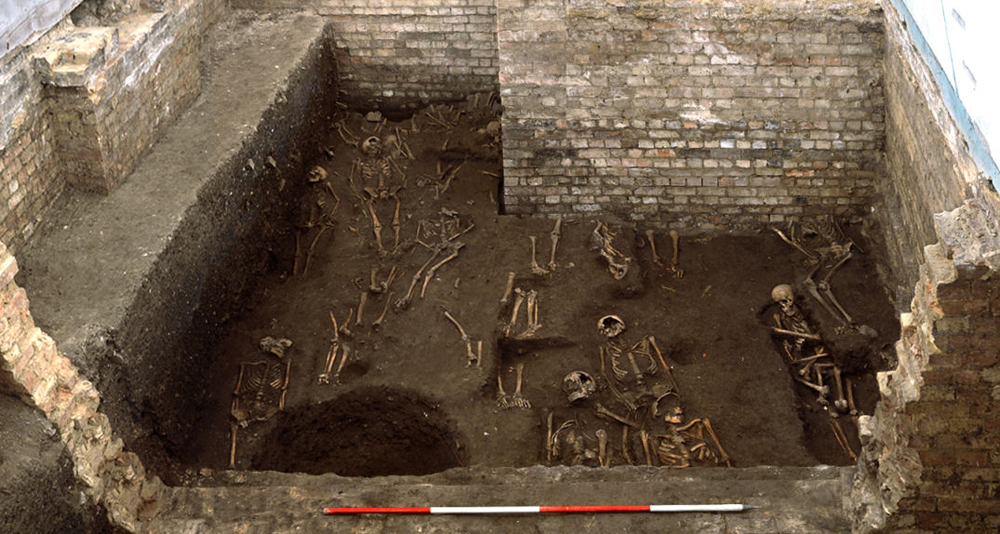
Researchers estimate that 1,300 people were buried at this graveyard between the 13th and 15th centuries. Most of them had been patients at the Hospital of St. John the Evangelist, which was established in 1195 and closed in 1511. (Credit: Craig Cessford, Department of Archaeology and Anthropology, Univeristy of Cambridge.)
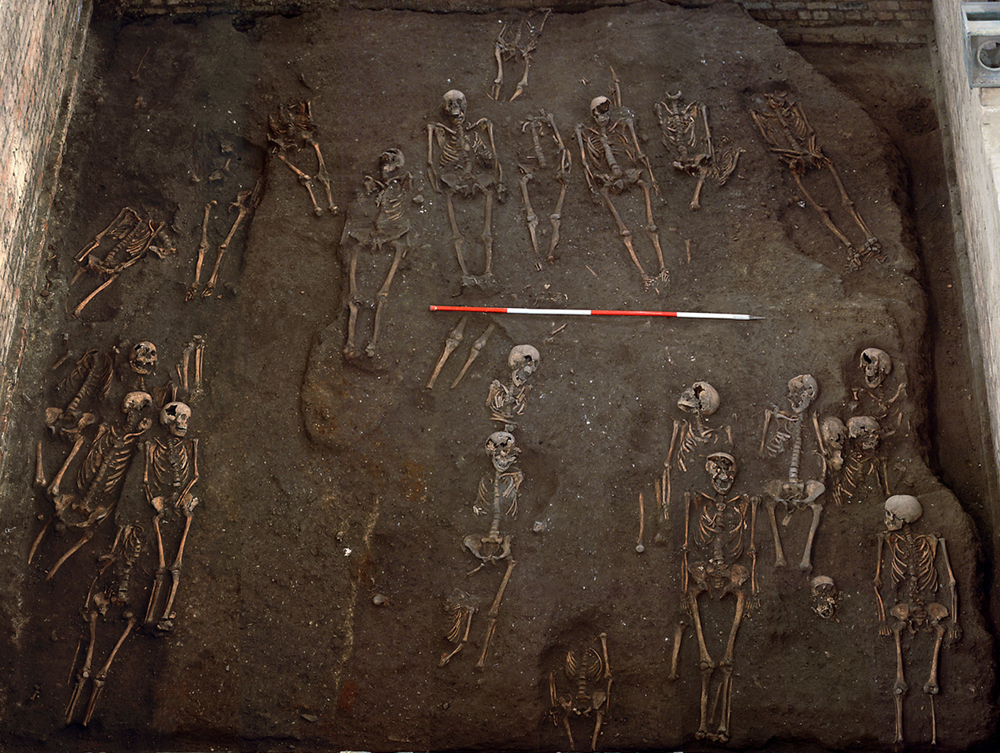
The excavators unearthed more than 400 skeletons from the graveyard. (Images Credit: Craig Cessford, Department of Archaeology and Anthropology, Univeristy of Cambridge.)
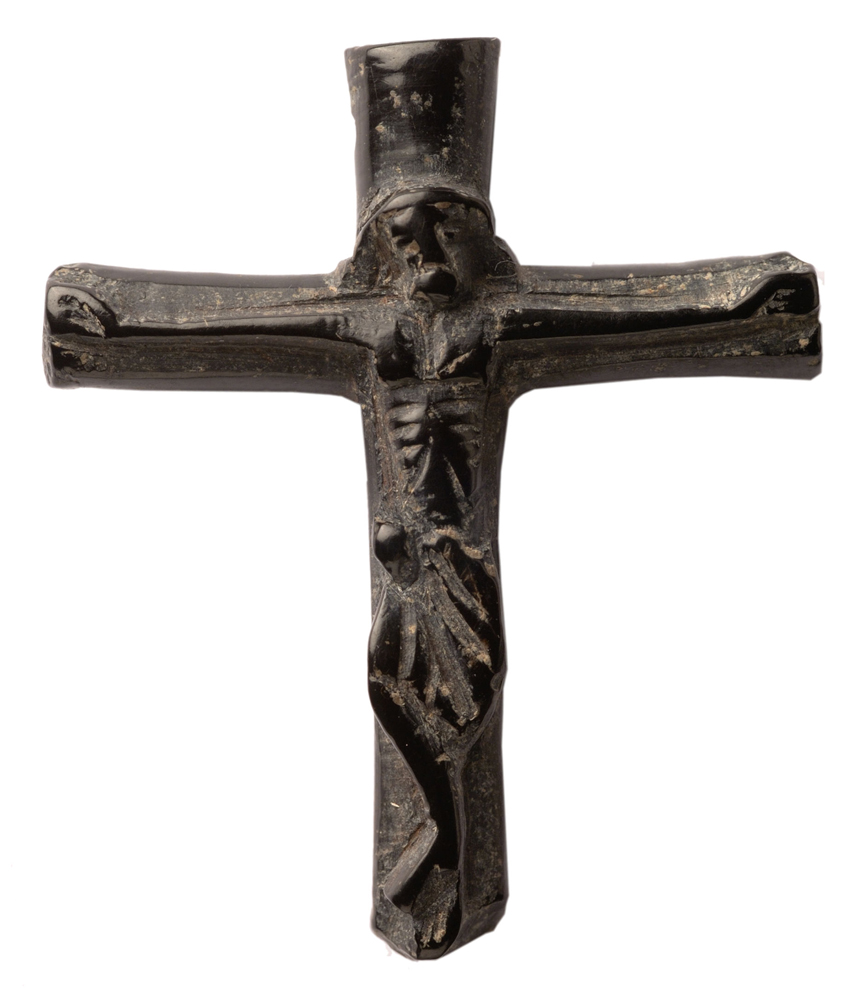
Among the few personal objects found at the burial site was this crucifix. (Credit: Craig Cessford, Department of Archaeology and Anthropology, Univeristy of Cambridge.)
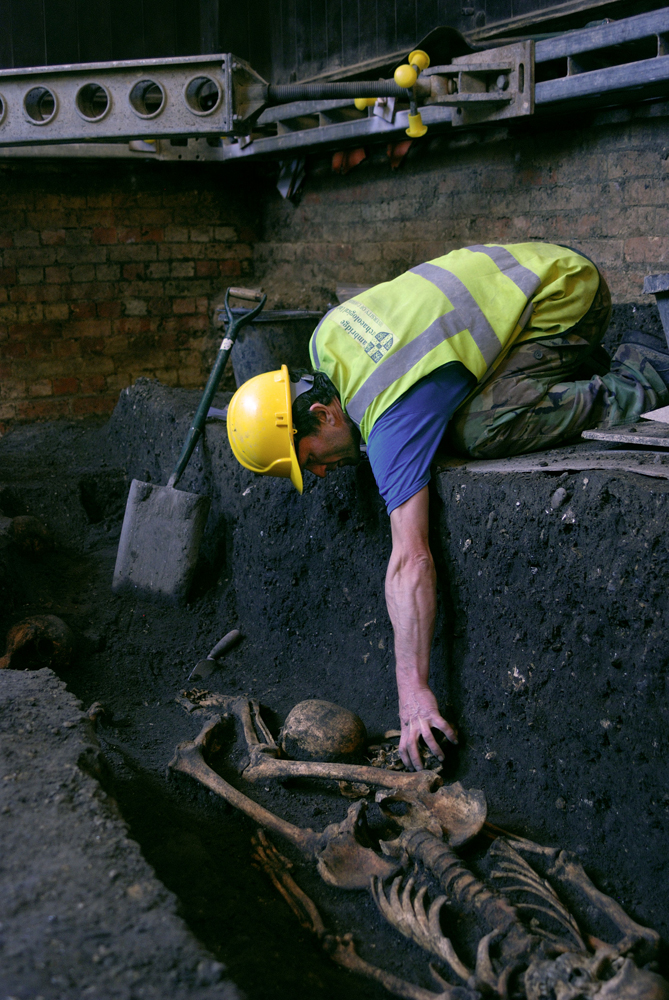
After examining the bones, the researchers determined that most of the people buried in this cemetery had not suffered from serious conditions or injuries. This makes sense, as historical records indicate that the hospital was set up to take care of "poor scholars or other wretched persons" and didn't admit pregnant women, lepers and people who were seriously sick. (Credit: Craig Cessford, Department of Archaeology and Anthropology, Univeristy of Cambridge.)
Sign up for the Live Science daily newsletter now
Get the world’s most fascinating discoveries delivered straight to your inbox.
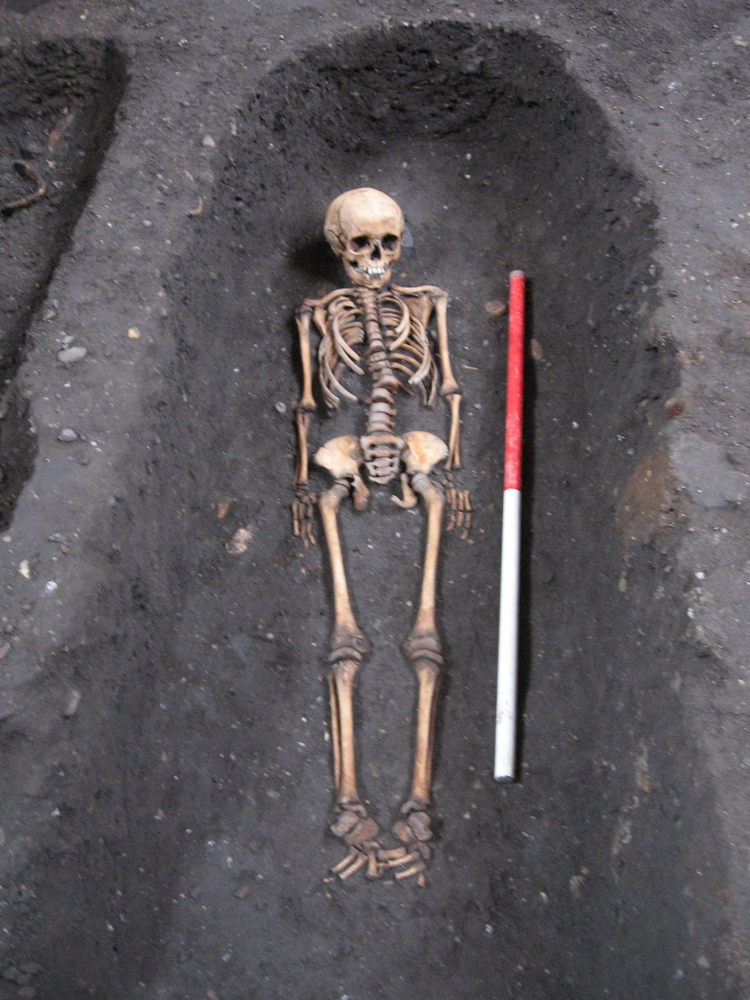
No children under age 5 were found in the graveyard, which suggests they were buried elsewhere or were simply not allowed in the hospital. (Credit: Craig Cessford, Department of Archaeology and Anthropology, Univeristy of Cambridge.)

The researchers think burials must have taken place every few months. Many of the graves were disturbed to make room for new burials. (Credit: Craig Cessford, Department of Archaeology and Anthropology, Univeristy of Cambridge.)
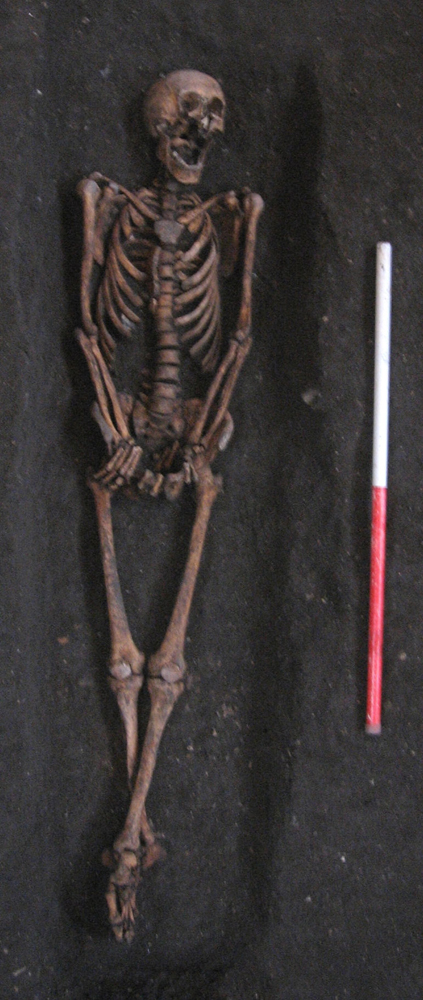
Most of the bodies were buried placed in their graves on their backs, without a coffin, aligned in an east-west direction. (Credit: Craig Cessford, Department of Archaeology and Anthropology, Univeristy of Cambridge.)
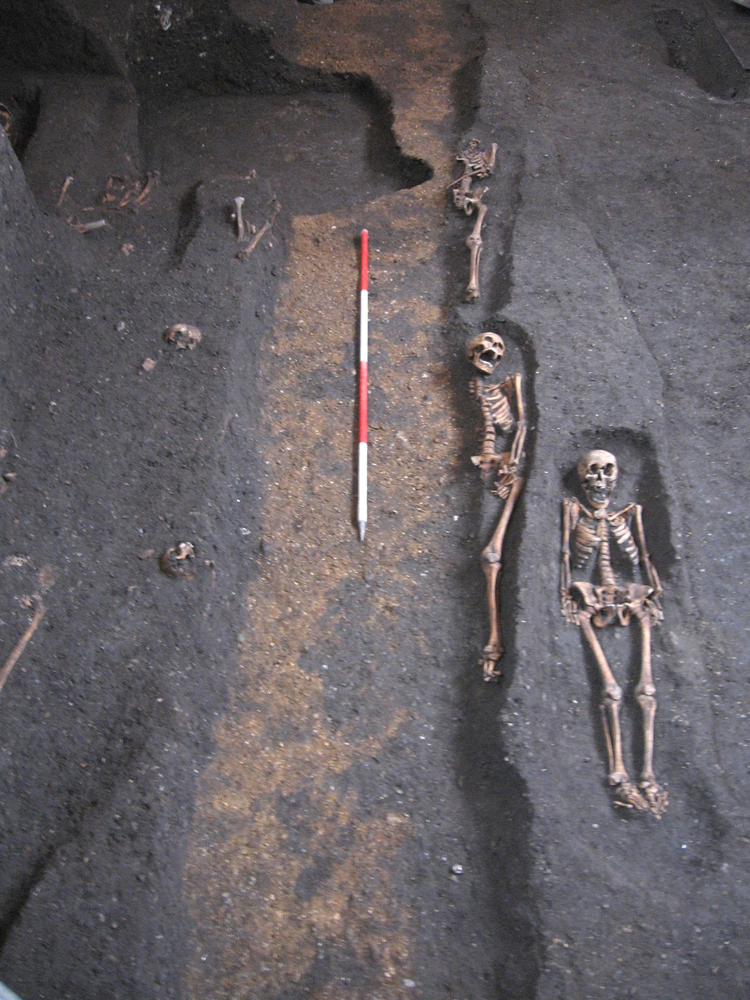
A path was cut through the graveyard. (Credit: Craig Cessford, Department of Archaeology and Anthropology, Univeristy of Cambridge.)











